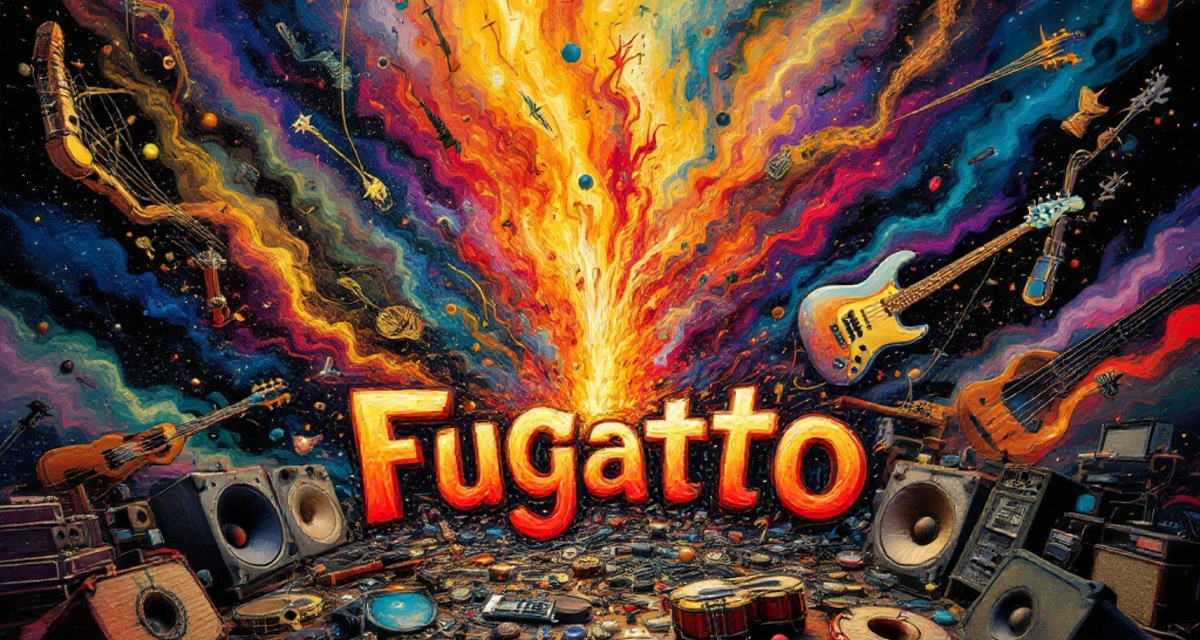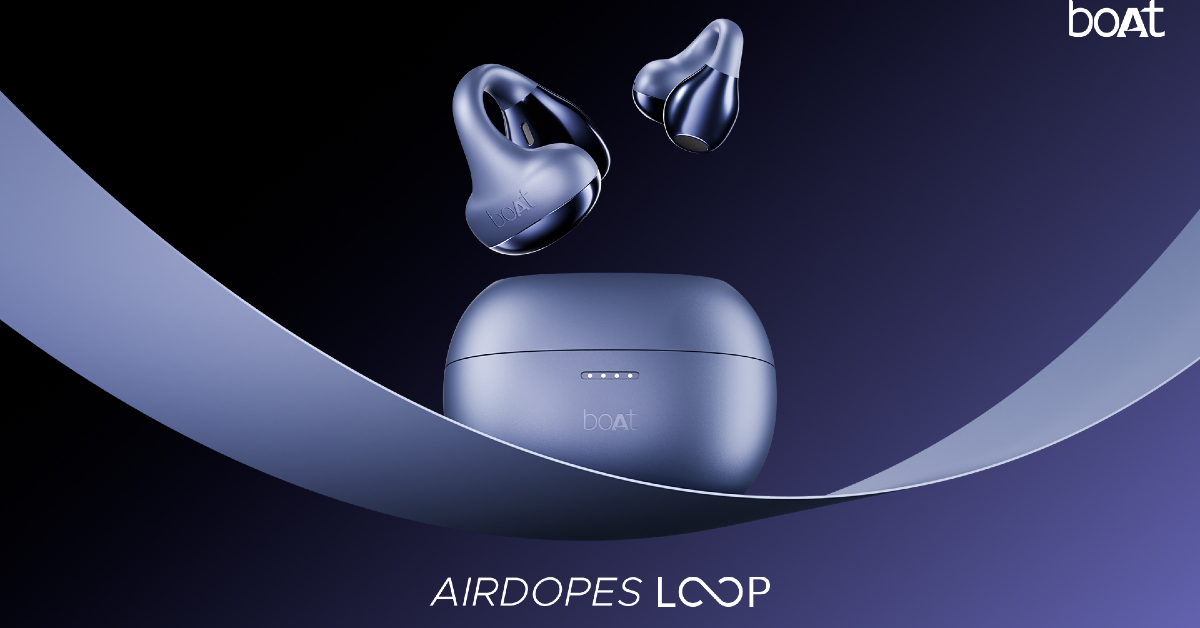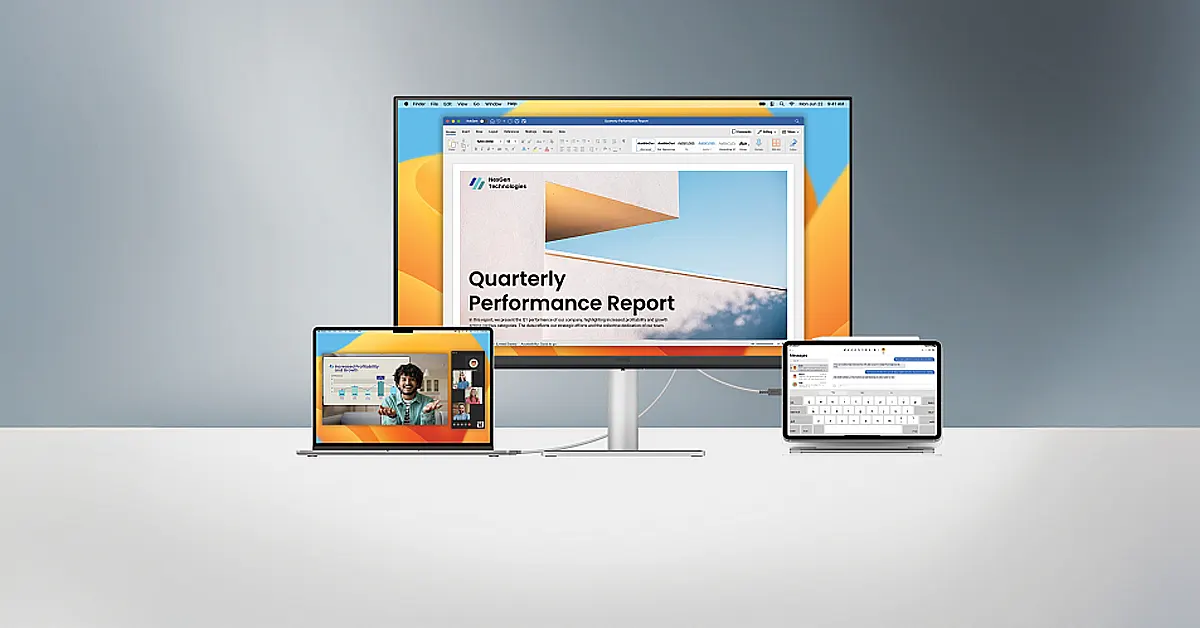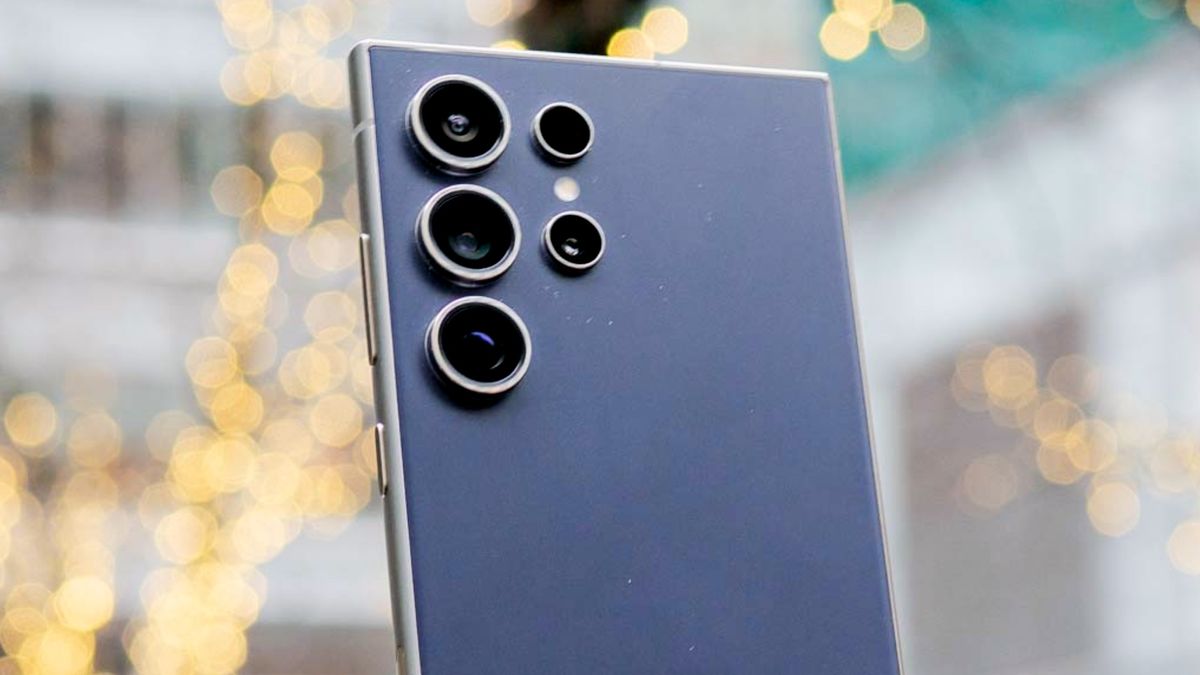| Updated: Tuesday, November 26, 2024, 13:14 [IST]
The Indian government has approved a transformative upgrade to its tax administration infrastructure, dubbed PAN 2.0. With a budget allocation of ₹1,435 crore, this initiative aims to revolutionize how taxpayers interact with the system by transitioning to a fully digital, paperless process.
The Cabinet Committee on Economic Affairs (CCEA), chaired by Prime Minister Narendra Modi, approved the project on November 25, marking a major step toward streamlining tax processes and enhancing user convenience.

A New Era for PAN Services
Union Minister Ashwini Vaishnaw emphasized the significance of this upgrade, noting the pivotal role the Permanent Account Number (PAN) plays for individuals and businesses alike. "PAN card is part of our life which is important for the middle class and small businesses. It has been highly upgraded, and PAN 2.0 has been approved today," he said. This modernization effort aligns with the government’s Digital India vision, aiming to make tax compliance more seamless and efficient.
The initiative seeks to make PAN a universal identifier for digital transactions across government systems, unifying core and non-core PAN/TAN services into a streamlined digital platform. A key highlight is the addition of QR codes on PAN cards, enabling quick access and verification of taxpayer details. Furthermore, a centralized portal will offer a unified platform for managing all PAN-related services, ensuring a more user-friendly experience.
Eco-Friendly and Technologically Advanced
One of PAN 2.0’s defining features is its commitment to sustainability. By adopting a paperless approach, the government is reducing its environmental footprint while cutting down operational costs. The initiative also incorporates robust cybersecurity measures, leveraging advanced technologies to safeguard user data against breaches and unauthorized access.
This modernization is expected to significantly enhance operational efficiency, with faster service delivery and improved data accuracy. The upgrade will also provide cost savings for existing PAN cardholders, as the new features will be available free of charge.
What It Means for Taxpayers
For individuals and businesses, PAN 2.0 offers several practical benefits. The paperless system will ensure quicker processing times for PAN-related services, improved data reliability, and a more efficient grievance redressal mechanism. Additionally, taxpayers will have the option to upgrade their existing PAN cards to incorporate the new QR code feature at no extra cost, though their current PAN cards will remain valid.
According to the government, there is no need for citizens to apply for new PAN numbers. Instead, the upgrade focuses on enhancing functionality while retaining the validity of existing cards.
Addressing Limitations of PAN/TAN 1.0
With over 78 crore PAN cards issued—98% of which are held by individuals—the limitations of the current PAN/TAN 1.0 system have become increasingly apparent. The lack of technological advancements has created challenges in tax administration, prompting the government to overhaul the system. PAN 2.0 is a strategic move to address these inefficiencies while aligning with broader goals of e-Governance and digital transformation.
Looking Ahead
Although the rollout date for PAN 2.0 is yet to be announced, its anticipated implementation is expected to significantly strengthen India’s digital infrastructure and improve taxpayer services. By re-engineering business processes for taxpayer registration and compliance, the government is taking a decisive step toward a more secure, efficient, and user-friendly tax system.
Best Mobiles in India
-

1,29,999
-

22,999
-

64,999
-

99,999
-

29,999
-

39,999
-
-

63,999
-

1,56,900
-

96,949
-

1,39,900
-

1,29,900
-

79,900
-

65,900
-

12,999
-

96,949
-

16,499
-

38,999
-

30,700
-

49,999
-

19,999
-

17,970
-

21,999
-

13,474
-

18,999
-

22,999
-

19,999
-

17,999
-

26,999
-

5,999
 2 hours ago
1
2 hours ago
1





















 English (US) ·
English (US) ·